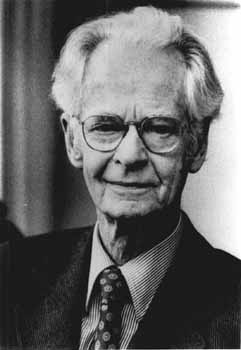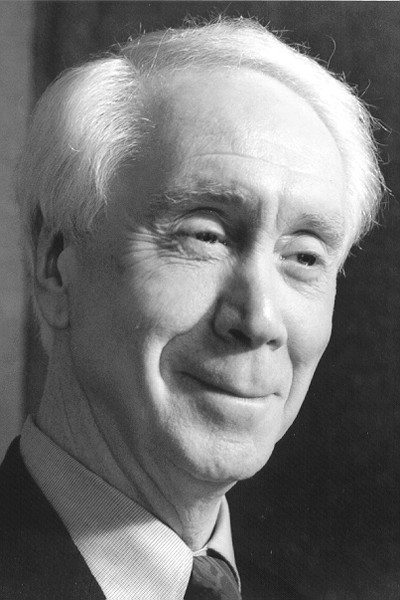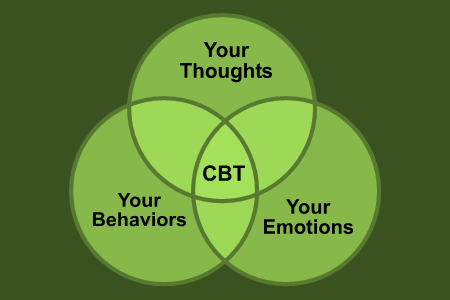


B.F. Skinner Albert Bandura Arnold Lazarus
(1904-1990) (1925-) (1932-)
Founders:
B.F. Skinner grew up in a warm stable environment. He received his PhD in psychology from Harvard University in 1931. He returned after teaching at many other universities to Harvard to continue in his teaching. He had two daughters, one of which followed in his footsteps and is and educational psychologist, the other is an artist. Skinner can be considered the father of the behavioral approach to psychology. He place emphasis on the effects of the environment to one's behavior. Skinner also believed that humans did not have free choice. He did however believe in cause-and-effect links between environmental conditions and our behavior. Most of Skinner's work consisted of an experimental nature in a laboratory. Skinner believed that science and technology were the future.
Albert Bandura was born in Canada and was the youngest of six children. Because of the shortage of teachers and resources available to Bandura throughout his high school years, he learned skills on self-directedness. Self-directedness later became one of his research themes. He received his PhD in clinical psychology from the University of Iowa in 1952. One year after receiving his PhD he joined the faculty of Stanford University. In research programs, Bandura and his colleagues examined the social learning theory and the role of observational learning. The notion by Bandura that we are not (as Skinner believed) shaped by environmental forces expressed a dramatic shift in behavior therapy. Bandura broadened the scope of behavior therapy by exploring cognitive-effective forces that motivate human behavior.
Arnold Lazarus was born in South Africa where he was also educated. He grew up around very few children and remembers being lonely as a child. Even though he grew up in South Africa he strongly related to the U.S. He achieved his master's degree in experimental psychology in 1957 and a PhD in clinical psychology in 1960. In 1963 Albert Bandura invited him to come and teach at Stanford. He received many honors and awards. Lazarus has written 17 books and over 300 professional articles. He is the developer of mulitmodal therapy which is a systematic approach to behavior therapy. Lazarus is currently the president of The Lazarus Institute located in New Jersey. His son and daughter-in-law also work there.
Goals of Therapy:
Goals in behavior therapy are crucial. The central goal with this type of therapy is to increase personal choice and create new conditions for learning. The client, aided by the therapist, define specific treatment goals outside of the therapy process. It is important to find a way to measure the progress towards the goals that are made. The therapist will assist in forming these goals that can be easily measured. The goals that must be made have to be clear, concrete, understood, and most importantly agreed on by both the therapist and client. The more contemporary types of behavior therapy stress the importance of the client's role in deciding their own treatment. The client and therapist can alter goals throughout the process as seen needed.
Techniques:
According to Lazarus behavioral therapists can incorporate any technique that can demonstrate to effectively changing behavior into his/her treatment plan. Lazarus encourages the use of diverse techniques from any theoretical origin. The therapeutic procedures used by behavior therapist are specially designed for each particular client.
In applied behavior analysis operate conditioning techniques and methods of evaluation are applied to a variety of different settings. Applied behavior analysis is seen as aw way to understanding and addressing a client's problems. To increase target behavior reinforcement (positive and negative) is the goal in this situation. Positive reinforcement is an addition of something (praise, attention, money, etc.) while negative reinforcement is the escape from or the avoidance of an unpleasant stimuli. Another operate method of changing behavior is known as extinction. Extinction is withholding reinforcement from a previously reinforced response.
Another way to control behavior is through punishment. The difference between punishment and reinforcement is; the goal of reinforcement is to increase the targeted behavior, while the goal of punishment is to decrease the targeted behavior. There are forms of positive punishment (a stimulus is added to decrease the behavior) and negative (a stimulus is taken away to decrease behavior). Some behavioral therapists are against using punishment and would rather stick with reinforcement. The key principle here is to uses the least adverse means possible to seek change to a behavior.

https://wikispaces.psu.edu/display/PSYCH484/3.+Reinforcement+Theory
Some other techniques seen in behavior therapy may include but are not limited to:
- Progressive muscle relaxation-aimed at achieving muscle and mental relaxation, and is easily learned. This technique teaches people to cope with stresses of daily life.
- Systematic Detestation- Clients imagine anxiety-arousing situations and while doing that engage in a behavior that competes with anxiety. Overtime (gradually) clients will become less sensitive to the anxiety-arousing situation.
- Exposure therapies- introducing clients to controlled situations that contribute to their problems, this therapy is designed to treat fears and other emotional responses.
An example of positive reinforcement
http://www.youtube.com/watch?v=ejjZZNGfIOM
An example of exposure therapy.
http://www.youtube.com/watch?v=H8GHsjBhWV8
Key Concepts:
- View of human Nature: The person is the producer and the product of his/her own environment. People have the ability to choose how they respond to their environment, this allows therapists to use behavioral methods to attend to these humanistic characteristics.
- Basic Characteristics and Assumptions: 7 key characteristics of behavior therapy
- Behavior therapy is based one principles and procedures of the scientific method. Treatment goals are agreed on by therapist and client.
- Behavior includes cognition, images, beliefs, and emotions not just actions one can observe.
- Behavior therapy deals with the client;s current problem. It does not analyze any history of the client. This therapy also recognizes the importance of the individual.
- Clients are expected to assume roles and engage in actions to deal with their problems. They do not just merely talk about their problems. Clients learn new behaviors to replace old bad behaviors.
- This therapy assumes that change can occur without understanding the origin of the psychological problem.
- This assessment is ongoing and focuses on determinants of behavior.
- This therapy is specifically tailored to the individual client. Several techniques can be used to treat a clients problem.
Four Areas of Development:
Contemporary behavior therapy can be broken into four major areas of development.
- Classical Conditioning- Happens prior to learning and creates a response through paring. Key figure is Ivan Pavlov who demonstrates this with the use of experiments with dog and salvation. *see link below for more information.
- Operant Conditioning- behaviors are influenced by the consequences that follow them.
- Social Learning Approach- an interaction between environment, personal factors, and individual behavior. An assumption that individuals are capable of self directed behavior change.
- Cognitive Behavior Therapy (CBT)- operates on the assumption that what people believe influences how they act and feel.

CBT
Classical Conditioning in "The Office"
Information courtesy of: Gerald Corey -Theory and practice of Counseling and Psychotherapy 9th Ed.
Photo of Skinner- http://www.crystalinks.com/skinner.html
Photo of Bandura- http://unt.unice.fr/uoh/learn_teach_FL/affiche_theorie.php?id_theoricien=8
Photo of Lazarus- http://edituratrei.wordpress.com/tag/lazarus/

No comments:
Post a Comment